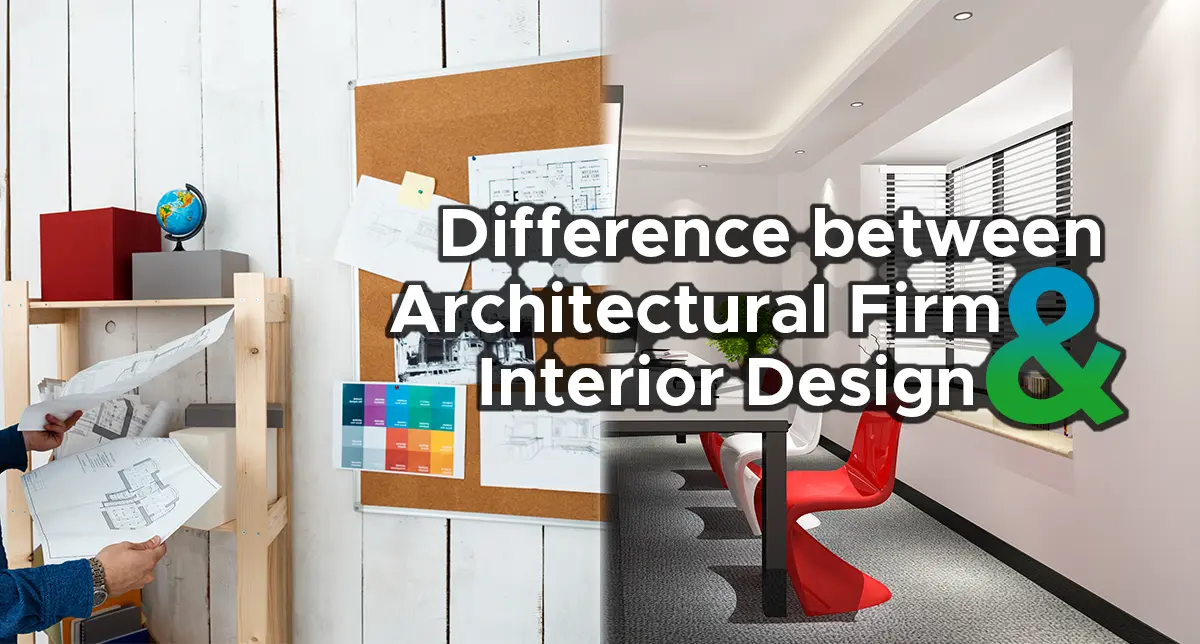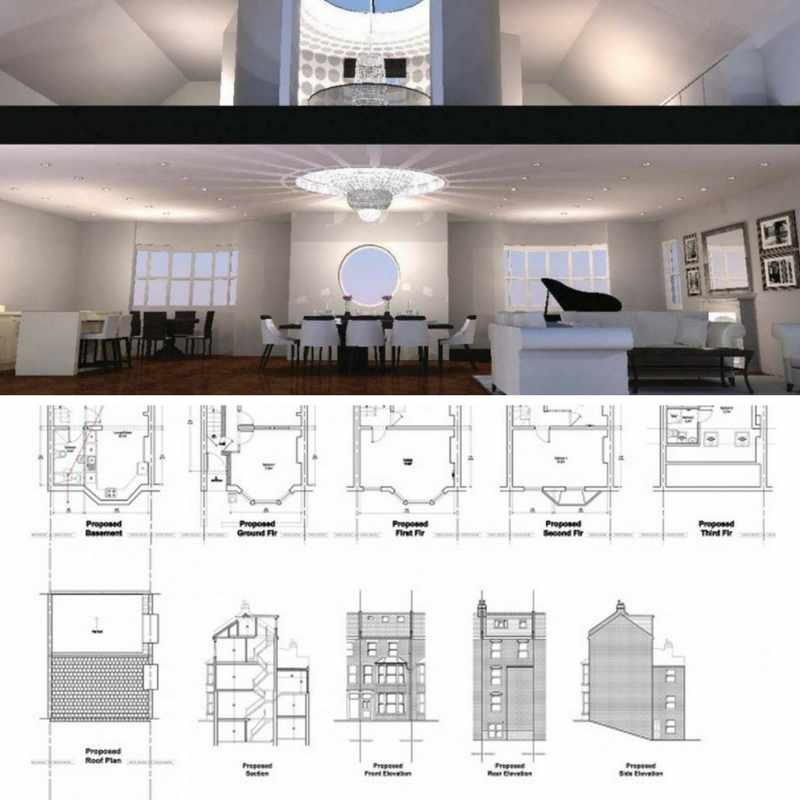The Art of Equilibrium: Exactly How Interior Design and Home Engineer Collaborate for Stunning Outcomes
In the realm of home design, striking an equilibrium between visual appeals and performance is no little feat. This delicate stability is accomplished via the unified collaboration between indoor developers and architects, each bringing their unique proficiency to the table. Stay with us as we discover the ins and outs of this collaborative process and its transformative influence on home layout.
Comprehending the Core Distinctions In Between Interior Design and Home Design
While both Interior Design and home design play important duties in producing visually pleasing and useful areas, they are inherently different disciplines. Home architecture mainly concentrates on the architectural facets of the home, such as developing codes, security guidelines, and the physical building of the space. It deals with the 'bones' of the framework, dealing with spatial dimensions, bearing walls, and roof covering styles. On the other hand, Interior Design is extra concerned with enhancing the visual and sensory experience within that framework. It includes choose and preparing furniture, choosing shade schemes, and including decorative aspects. While they operate in tandem, their duties, responsibilities, and areas of knowledge split substantially in the production of a harmonious home setting.
The Harmony Between Home Design and Interior Style
The harmony between home architecture and Interior Design lies in a common vision of layout and the enhancement of useful aesthetic appeals. When these 2 fields straighten harmoniously, they can change a space from normal to amazing. This partnership requires a deeper understanding of each technique's principles and the capacity to produce a natural, cosmetically pleasing atmosphere.
Unifying Style Vision
Merging the vision for home architecture and Interior Design can develop a harmonious living room that is both useful and visually pleasing. The equilibrium begins with an integrated frame of mind; engineers and indoor developers team up, each bringing their know-how. This unison of ideas develops the design vision, a plan that guides the task. This shared vision is necessary for uniformity throughout the home, making sure a liquid shift from outside design to interior rooms. It promotes a synergistic technique where architectural elements complement Interior Design components and the other way around. The result is a natural living room that reflects the homeowner's way of living, personality, and taste. Thus, unifying the style vision is critical in blending design and Interior Design for stunning results.
Enhancing Functional Aesthetics
Exactly how does the synergy in between home design and Interior Design boost useful aesthetic appeals? This synergy allows the development of rooms that are not just aesthetically appealing but likewise conveniently useful. Engineers lay the groundwork with their architectural layout, making certain that the area is efficient and useful. The indoor designer after that enhances this with carefully chosen aspects that boost the looks without compromising the functionality. This unified collaboration can lead to homes that are both livable and stunning. For example, an architect could make a residence with high ceilings and huge windows. The interior designer can then highlight these functions with large curtains and high plants, respectively, therefore improving the visual charm while preserving the useful benefits of natural light and space.
Significance of Cooperation in Creating Balanced Spaces
The cooperation in between interior designers and engineers is critical in producing well balanced areas. It brings consistency useful site between design and design, bring to life spaces that are not just aesthetically pleasing yet also functional. Checking out effective joint approaches can supply understandings right into how this harmony can be properly accomplished.
Harmonizing Style and Style
Balance, an essential element of both Interior Design and design, can only really be accomplished when these 2 areas job in harmony. This consistency is not merely an aesthetic consideration; it influences the performance, resilience, and eventually, the livability of a room. Interior developers and designers need to understand each other's functions, appreciate their competence, and interact properly. They need to think about the interaction of architectural aspects with style, the circulation of rooms, and the impact of light and color. This collaborative process leads to a cohesive, balanced layout where every aspect contributes and has a function to the overall visual. Balancing design and style is not just about creating attractive areas, but concerning crafting areas that work effortlessly for their inhabitants.
Successful Collaborative Approaches

Case Studies: Successful Assimilation of Design and Architecture
Analyzing a number of situation studies, it ends up being obvious just how the effective integration of Interior Design and style can change an area. The Glass Home in Connecticut, renowned for its minimalistic style, is one such example. Architect Philip Johnson and indoor developer Mies van der Rohe teamed up to produce an unified equilibrium between the framework and the interior, resulting in a smooth circulation from the exterior landscape to the internal living quarters. Another exemplar is the Fallingwater House in Pennsylvania. Designer Frank Lloyd Wright and indoor designer Edgar Kaufmann Jr.'s joint efforts cause a stunningly unique residence that mixes with its natural environments. These case studies highlight the profound influence of an effective layout and style cooperation.

Conquering Obstacles in Design and Style Collaboration
Regardless of the indisputable advantages of an effective collaboration between interior style and design, it is not without its difficulties. Engineers might focus on architectural stability and security, while developers focus on convenience and design. Effective communication, mutual understanding, and concession are essential to get rid of these difficulties and achieve a effective and unified partnership.

Future Patterns: The Evolving Partnership Between Home Architects and Inside Designers
As the globe of home design continues to advance, so does the connection between architects and indoor designers. On the other hand, interior designers are welcoming technological elements, influencing total design and performance. The future assures an extra cohesive, ingenious, and adaptive strategy to home layout, as developers and architects proceed to blur the lines, cultivating a connection that really embodies the art of balance.
Conclusion
The art of equilibrium in home design is attained via the harmonious cooperation in between indoor developers and architects. An understanding of each other's techniques, efficient interaction, and shared vision are critical in producing aesthetically magnificent, practical, and welcoming spaces. Regardless of obstacles, this partnership fosters growth and innovation in style. As the partnership between home designers and indoor designers progresses, it will continue to form future patterns, boosting convenience, effectiveness, and personal expression in our space.
While both interior style and home design play essential functions in creating visually pleasing and useful spaces, they are naturally various self-controls.The harmony in between home style and interior style exists in a common vision of design and the improvement of practical aesthetics.Linking the vision for home style and interior design can create an unified living space that is both practical and click to read aesthetically pleasing. Thus, unifying the layout vision is critical in mixing design and interior layout for spectacular results.
Exactly how does the harmony in between home architecture and indoor style enhance practical looks? (Winchester architect)